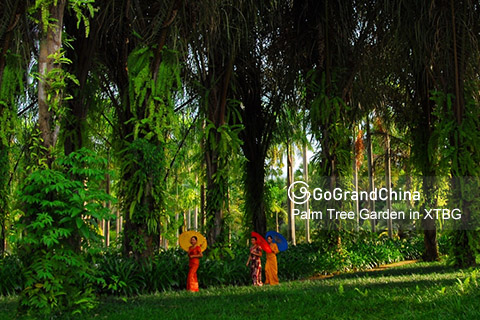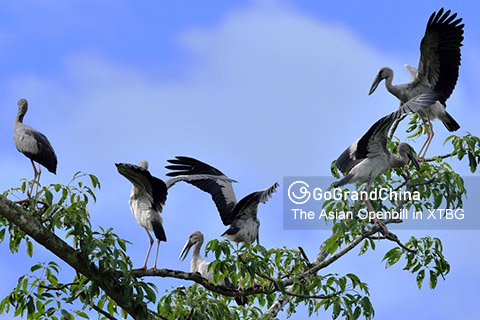You have no items in your shopping cart.
Tropical Botanical Garden
Introducing Tropical Botanical Garden
Tropical Botanical Garden is a well-visited site located in Mengla County, Xishuangbanna. Tropical Botanical Garden was established in 1959. This botanical garden, encompassing 1,125 hectares (2,780 acres) and protecting a vast 250 square kilometer (97 square mile) tropical rainforest, is a haven for biodiversity. Its impressive collection boasts over 13,000 species of living plants, making it the largest and most botanically diverse garden in China.
Beyond its role as a popular tourist hotspot, the garden serves as a vital research institution. Driven by its mission to be a “Noah’s Ark for tropical plant conservation,” it focuses on crucial areas like forest ecosystem ecology, conservation biology, and the sustainable development of plant resources. This commitment ensures the preservation of valuable plant species for future generations.
Tropical Botanical Garden Fast Facts
• Chinese Name: RèDài ZhíWùYuán 热带植物园
• Best Time to Visit: March to November
• Recommended Visiting Hours: 2 - 3 x hours
• Things to Do: Photography, Adventure, Biology
• Opening Hours: 8:00-18:00
• Entrance Fee: CNY 80
• Address: Approx. 57 kilometers (35.4 miles) east of Xishuangbana Dai Autonomous Prefecture, Yunnan Province
What to Expect at Tropical Botanical Garden
Few experiences can match the wonder of visiting the Xishuangbanna Tropical Botanical Garden. From the immersive rainforest to the beautifully labeled plants and flowers, the garden offers an unforgettable journey of discovery.


How to Get to Tropical Botanical Garden
• The Tropical Botanical Garden is located approx. 57 kilometers (35.4 miles) east of Xishuangbanna.
• Charter a car/bus from GGC to enjoy a hassle-free transfer to the Tropical Botanical Garden.
Additional Travel Advice on Tropical Botanical Garden
• Please wear sunscreen, hat and sunglasses to prevent UV.
• It is suggested to wear long-sleeved clothes or prepare mosquito repellent to prevent mosquito or bug bites.
• The weather is changeable. It is suggested to take an umbrella or raincoat with you.
There are no products matching the selection.

